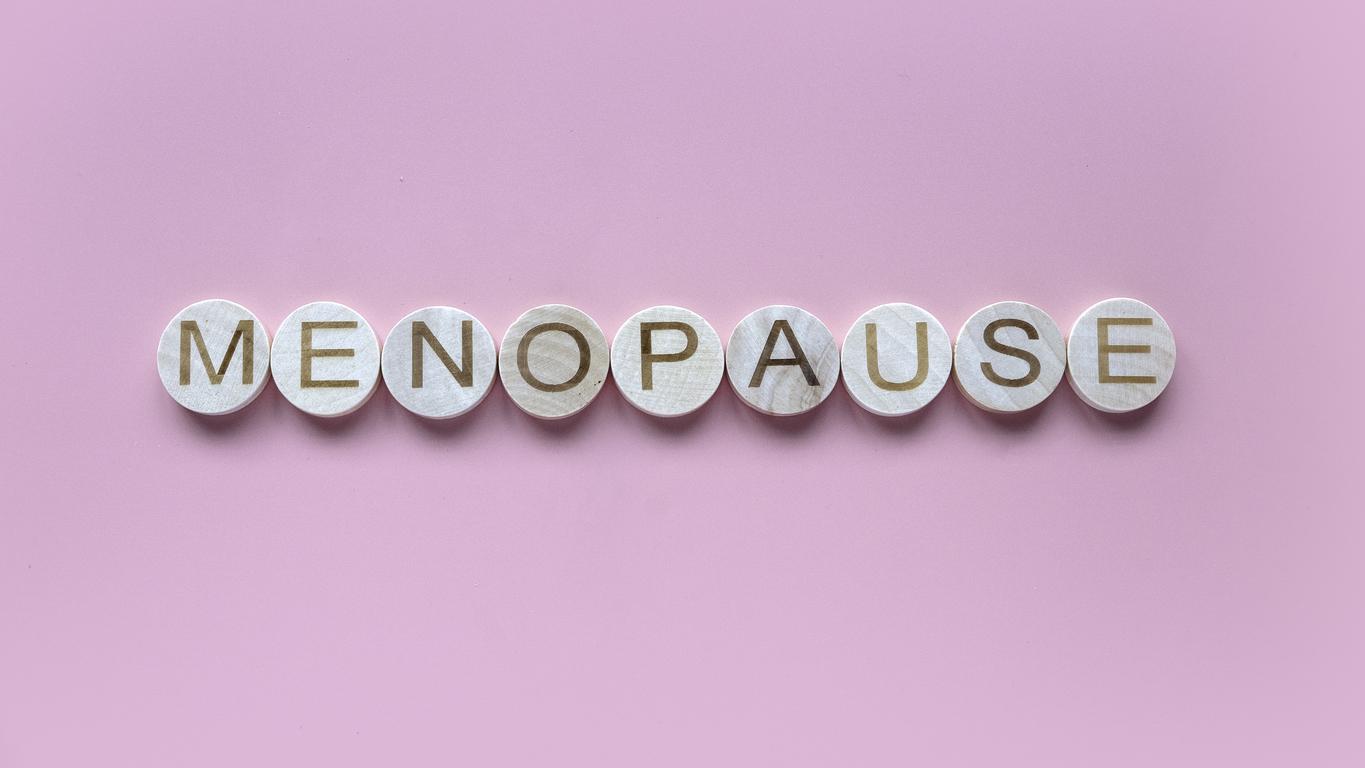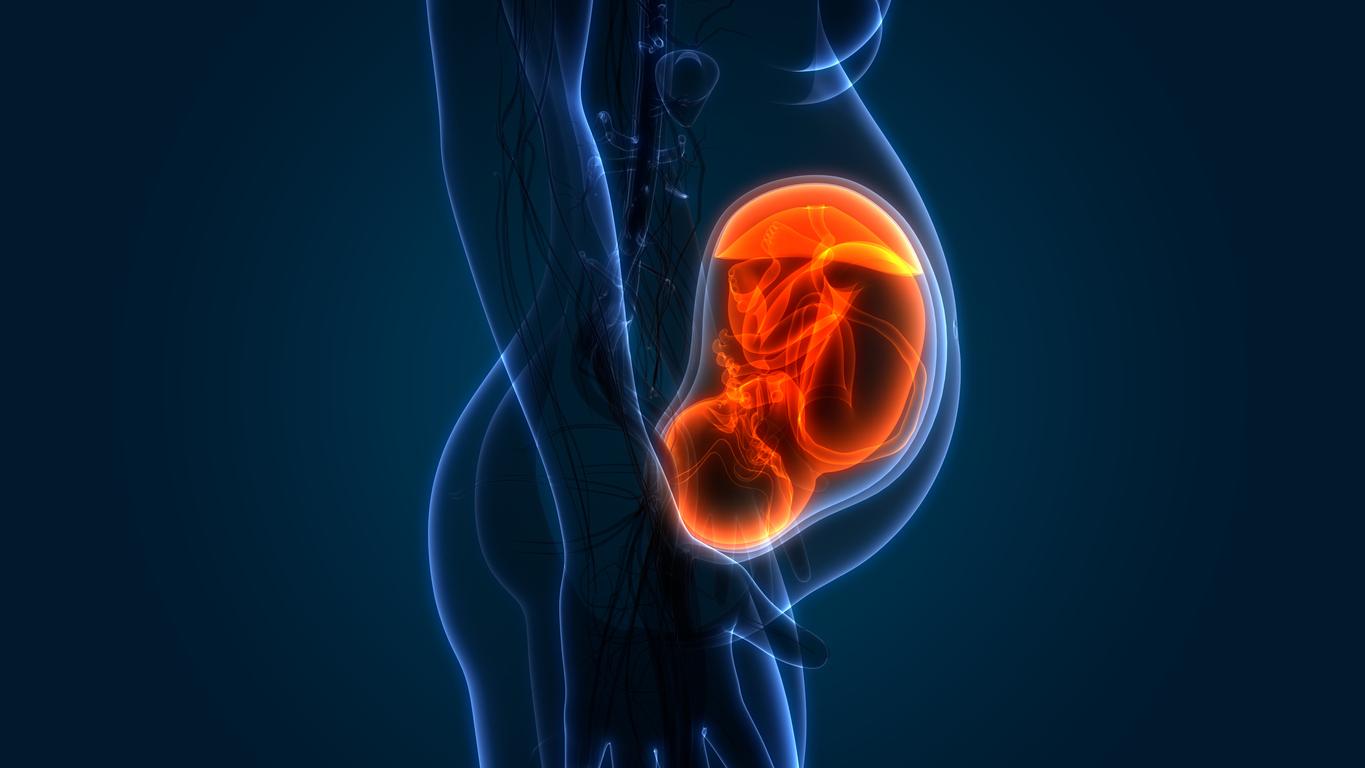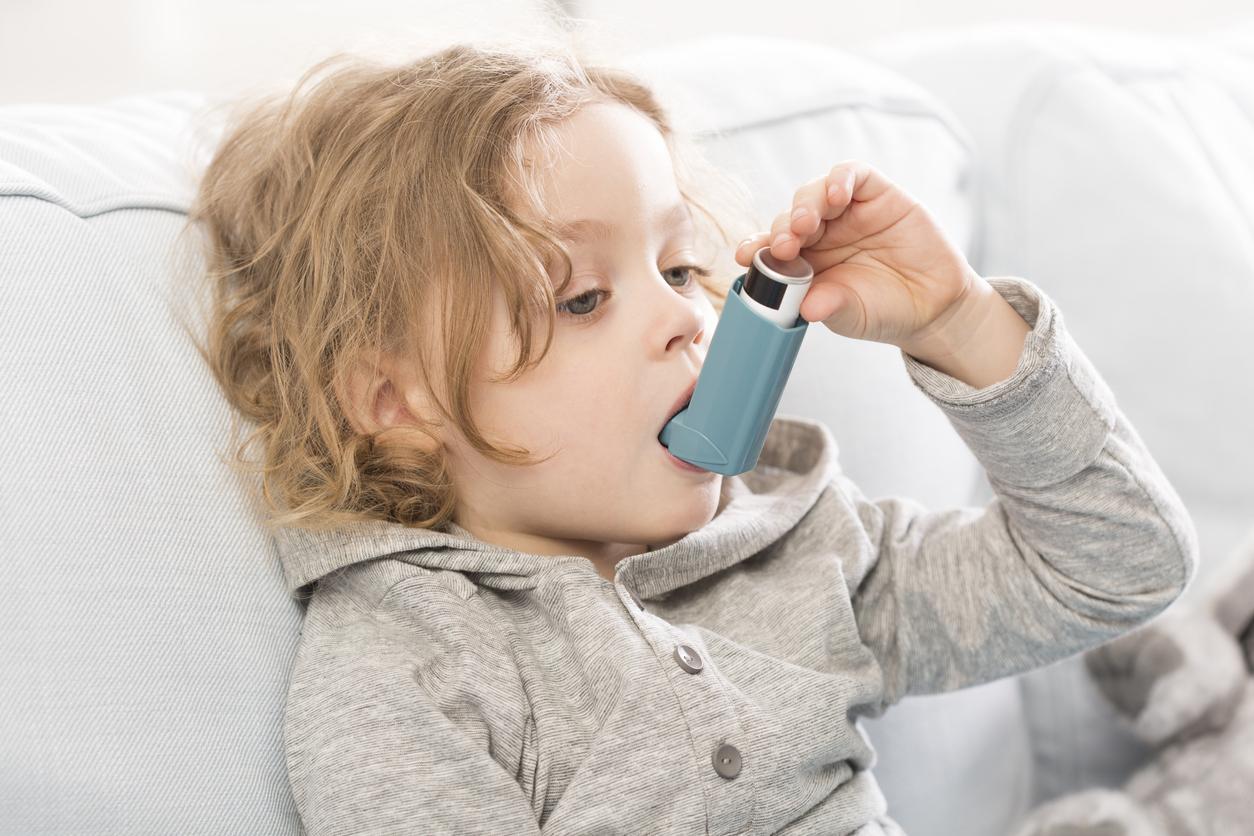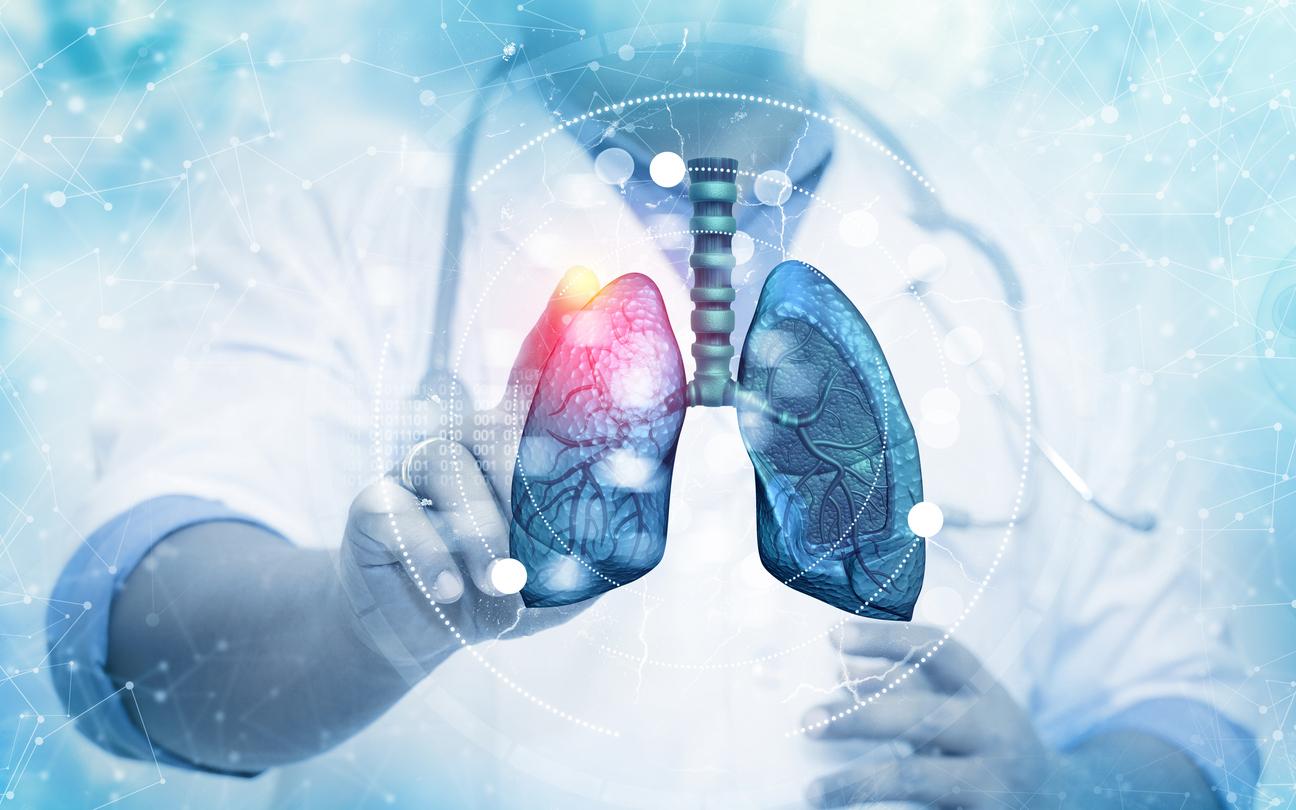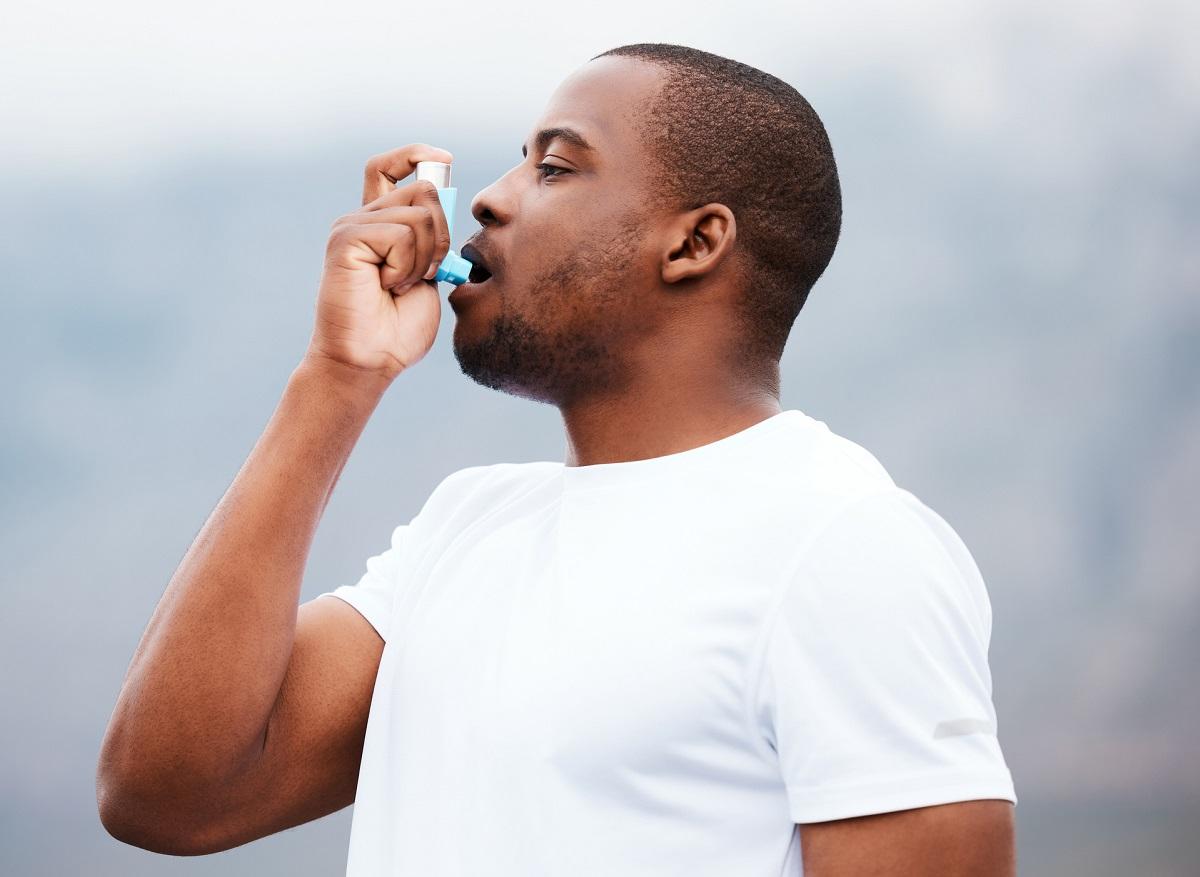The discovery of an Inserm team paves the way for new alternative treatments or in addition to corticosteroids.
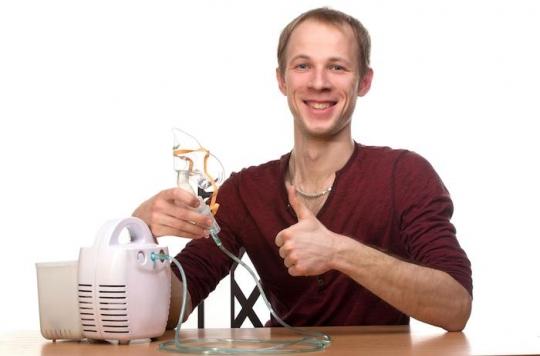
Twice as many women as men suffer from asthma in adulthood. A difference that suggested a hormonal influence. A French team from Inserm and CNRS, in partnership with the University of Melbourne (Australia), has now identified the mechanism inducing this inequality.
In an article published in the Journal of experimental medicine, they explain how testosterone would protect men from allergic reactions causing asthma attacks.
Innate lymphoid cells
“Our research shows that high testosterone levels in men tend to protect them from the development of allergic asthma,” explains Dr Cyril Seillet, a researcher at the University of Melbourne, and one of the study’s authors. . Testosterone acts directly on ILC2s by inhibiting their proliferation ”.
These immune cells produce proteins involved in allergies, cytokines, in reaction to stimuli such as the presence of pollens, mites, animal hair or cigarette smoke, for example. Less ILC2 therefore implies fewer allergic reactions in the lungs, and therefore fewer asthma attacks.
New drugs in sight
France has around 4 million asthmatics, a figure that is undoubtedly underestimated. During an asthma attack, the airways swell, and the airflow is reduced, leading to difficulty breathing. The treatments are effective, but their variety is limited. For chronic asthmatics, they most often consist of a daily intake of corticosteroids.

But for the most severe asthmatics, remedies are lacking even if certain molecules, such as omalizumab, already available, or anti-interleukins, under development, have been proven. The discovery of the influence of testosterone could open up new avenues of treatment.
“It provides us with a new mode of therapeutic action, by specifically targeting cells that directly contribute to the development of allergic asthma,” said Prof. Gabrielle Beltz, director of the molecular immunology laboratory at the University of Melbourne. Even if more research is needed, it opens up the possibility of mimicking the regulatory action of ILC2 populations, to treat and prevent asthma. Similar tactics, using hormonal reactions, have already been used successfully to treat other conditions, such as breast cancer. “
.









